You've delivered your work, and it's time to receive your payment.
Before that, you'll need to make an invoice. It's an important document: not only does it help you obtain money you're owed, it also serves as evidence of a transaction in the event that you need to seek legal action to handle non-paying clients.
If this is new to you, you might be wondering: How do I create an invoice, and what must I include? Are there best practices or tips I need to know?
We'll answer all of these questions below:
How to invoice customer overview
You've delivered your work, and it's time to receive your payment.
Before that, you'll need to make an invoice. It's an important document: not only does it help you obtain money you're owed, it also serves as evidence of a transaction in the event that you need to seek legal action to handle non-paying clients.
If this is new to you, you might be wondering: How do I create an invoice, and what must I include? Are there best practices or tips I need to know?
We'll answer all of these questions below:
How to create an invoice
As a self-employed person, there are a number of tools you can use to make an invoice. These range from invoice software tools and online generators, to Google Docs, Google Sheets or Microsoft Office.
Invoice templates
You can create your own invoice using Google Docs, Google Sheets, Microsoft Word, Excel or one of the many free pre-made templates available online.
Here are a few templates we've picked out:
Invoice software tools
With invoice software tools, creating your invoice can be done in a snap—you'll just need to key in your invoice line items, prices and invoicing dates, and your invoice will be generated.
Other details, such as your business information and client details can be saved in the software beforehand, so you can easily select these when generating the invoice.
There are numerous software tools to choose from, and we've included a few that you can check out below:
Note: We've written up an in-depth guide on popular invoicing tools you can use. In the article, we analyse the pros and cons of each invoicing tool and share our recommendations.
.jpg)
What to include on an invoice
Your information
Your invoices should always have your name, company name, company address and contact details.
Recipient's details
In addition to your client's company name and address, you'll also need to include the name and contact details of the contact person handling your payment.
Invoice line items
The invoice line item refers to the service or product that you're charging for.
Be as specific as you can, so that your client will know exactly what they are paying for. Wherever relevant, it helps to include the following:
Detailed descriptions:
Let's use an example here. For instance, you have three blog articles to invoice. A better option would be to list all three articles as individual line items using the title of each article, rather than invoicing the articles as a single line item under a generic description such as "three blog articles".
And if you're invoicing for partial payment, clearly indicate the services that you've completed along with the remaining balance that needs to be paid.
Numbers:
State the quantities of product ordered, the number of hours you've worked or your hourly rates where applicable.
Dates:
It can be helpful to include the date of order for a product, or the date in which your service was performed.
Total price:
Make sure that the total price includes taxes, delivery fees or other charges you're applying.
Invoice number
Each invoice should be assigned a unique number. This serves as a useful reference, so that both you and your client can track the transaction.
It also helps to minimise confusion or miscommunication between both parties. For example, instead of mentioning "the invoice I sent you in April", you can refer to a specific invoice ("invoice #79").
Method of payment
Invoices with unclear or incomplete information will require additional clarification, which further delays the time it takes for you to receive your payment. By clearly stating your preferred payment method, you'll reduce the need for unnecessary back-and-forth emails each time you send out an invoice.
Have a discussion with your client beforehand, so that you can come to an agreement on a payment method that works for the both of you, as well as who will bear the transfer fees. Your payment details, like your bank account number or PayPal email address should also be included in your invoice.
Payment terms
The invoice due date, late payment penalties and incentives for early payments are examples of payment terms you might want to include in your invoice. These terms will communicate to your client when you expect to be paid, and makes it easier for you to follow up on late payments.
Including VAT on invoices
If you're newly self-employed, you might be wondering if you need to use a VAT (Value-Added Tax) invoice. You probably don't, as these invoices are only issued by VAT registered companies.
Registering for VAT is compulsory if you expect your VAT taxable turnover to be more than £85,000 in the next 30-day period, or if your business had a VAT taxable turnover of more than £85,000 over the last 12 months.
There are other cases where you might be required to register for VAT, and more information is available in our guide on what is VAT.

Invoicing best practice
Keep it simple
Avoid complicated, cluttered invoice designs.
It's best to go with a design that has a clean background and simple layout, and where your company logo and contact details are prominently displayed.
Agree on payment terms early on
Before you finalise your work contract, it's important that you inform your clients about your payment terms, and ensure that they agree to these terms.
After you've run through your terms with your client, request for these terms to be included in your contact, and obtain their signature to confirm the agreement.
Be prompt with follow-ups
Set up an invoice reminder to ensure that you don't miss out on following up on delayed payments. If your clients aren't responding to these reminders, don't be afraid to follow up.
You can send through an email or make a call to check in about your payment, or to remind them about your late payment penalties. Doing so will help create a sense of urgency, and send across the message that you expect to be paid on time.








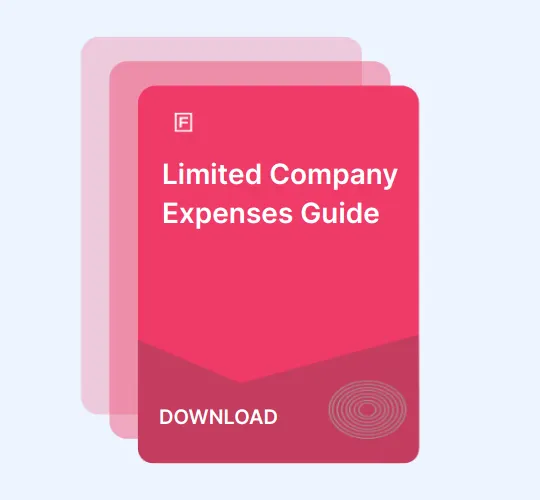

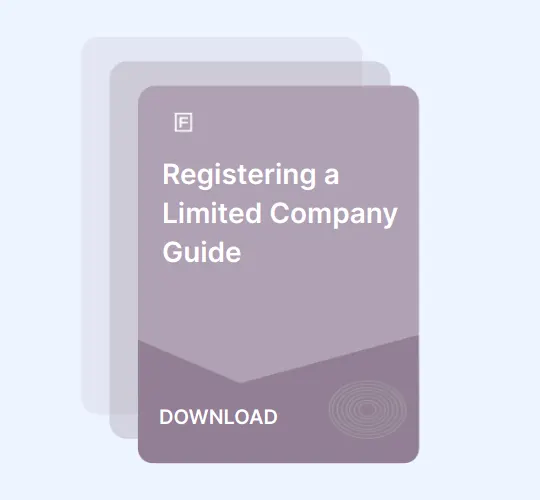
%20(1).webp)





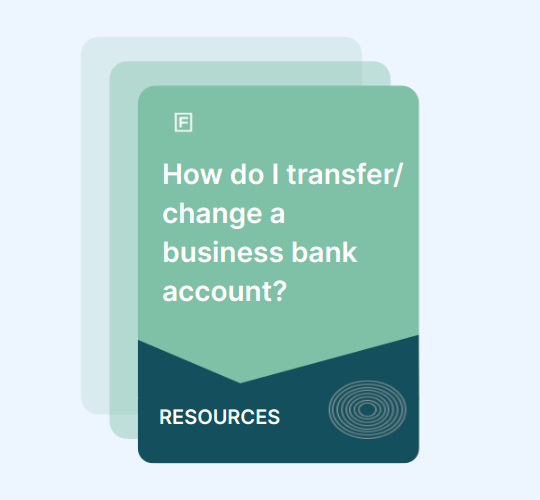
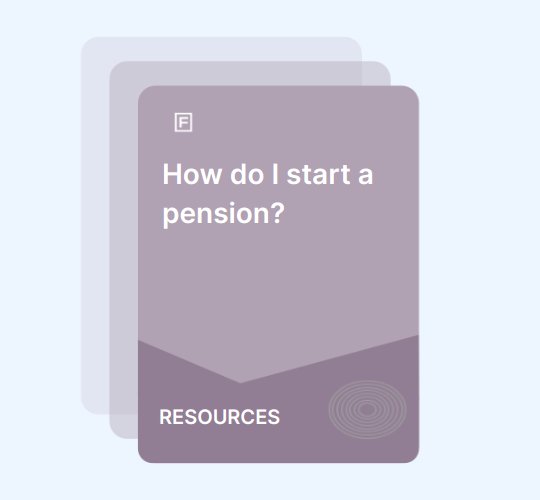






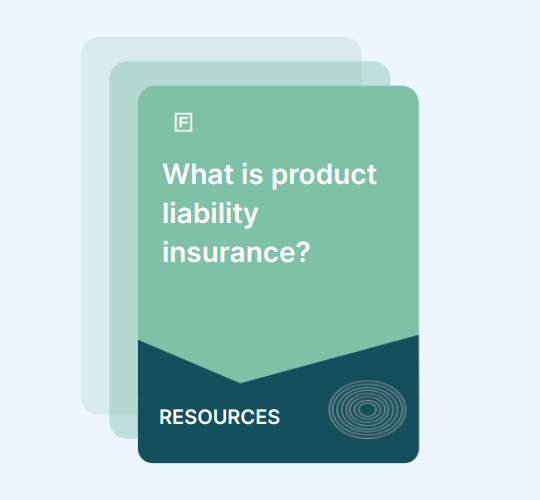



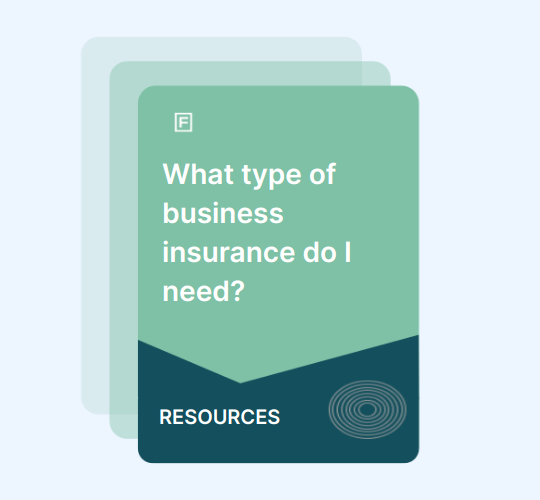





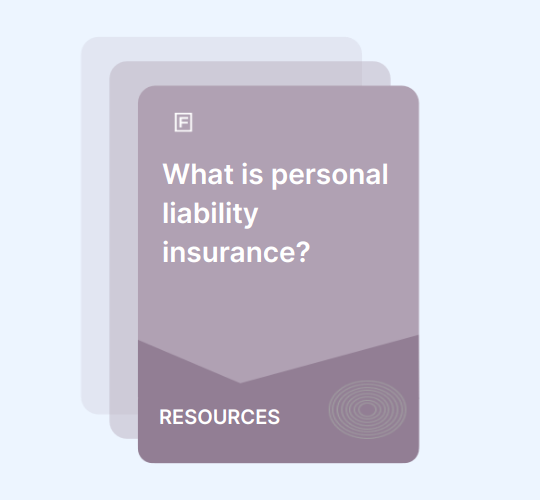






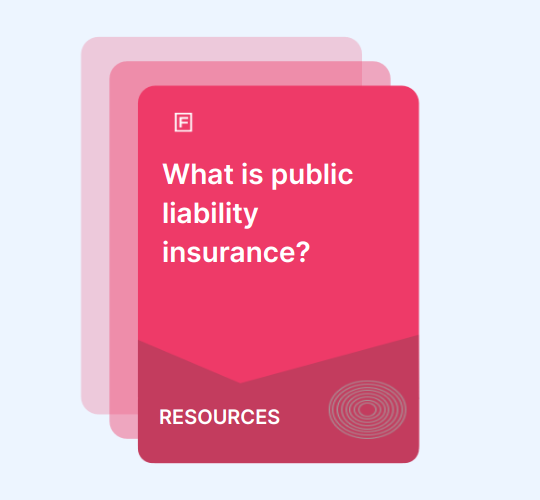

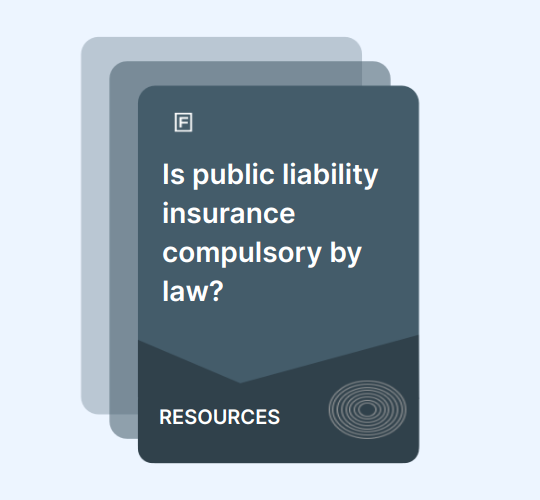
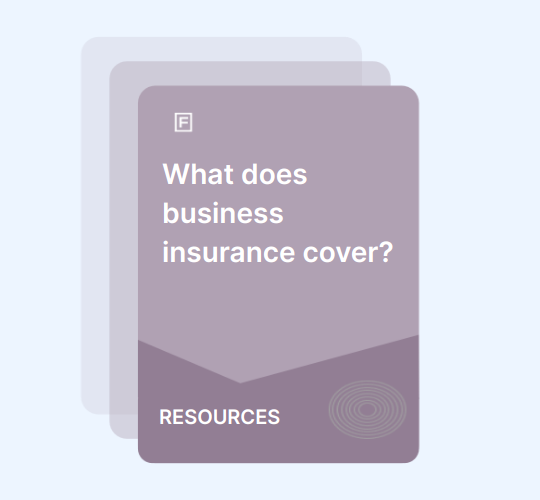





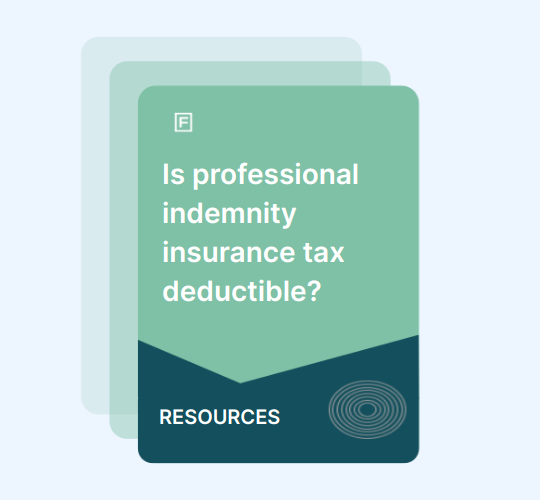





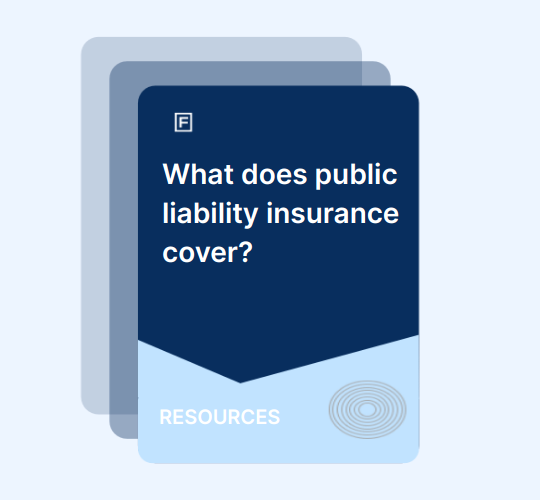








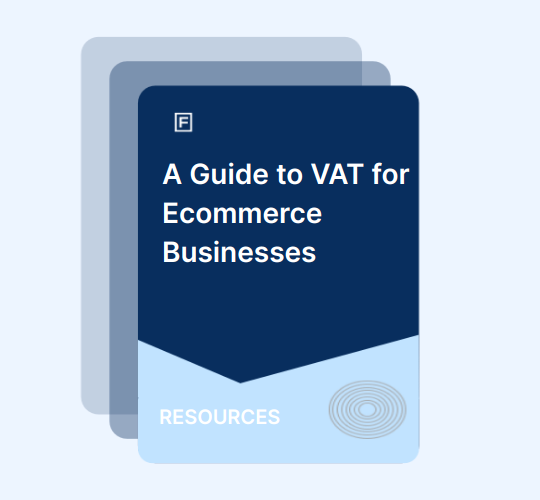
















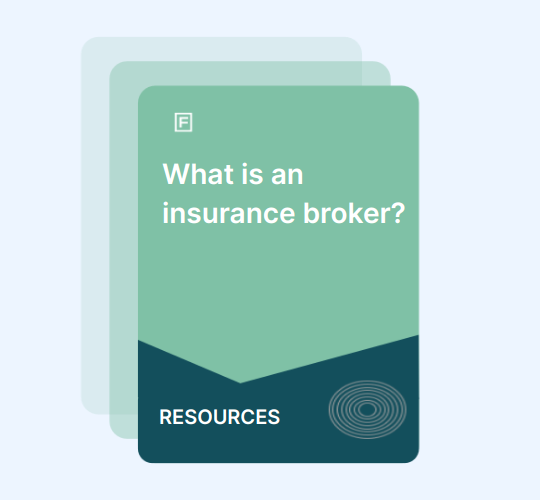


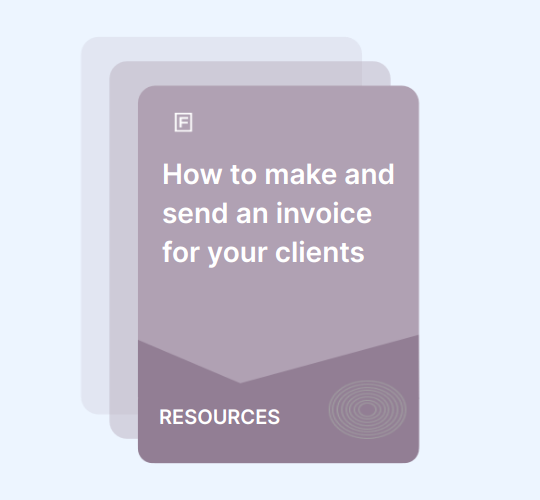

.webp)